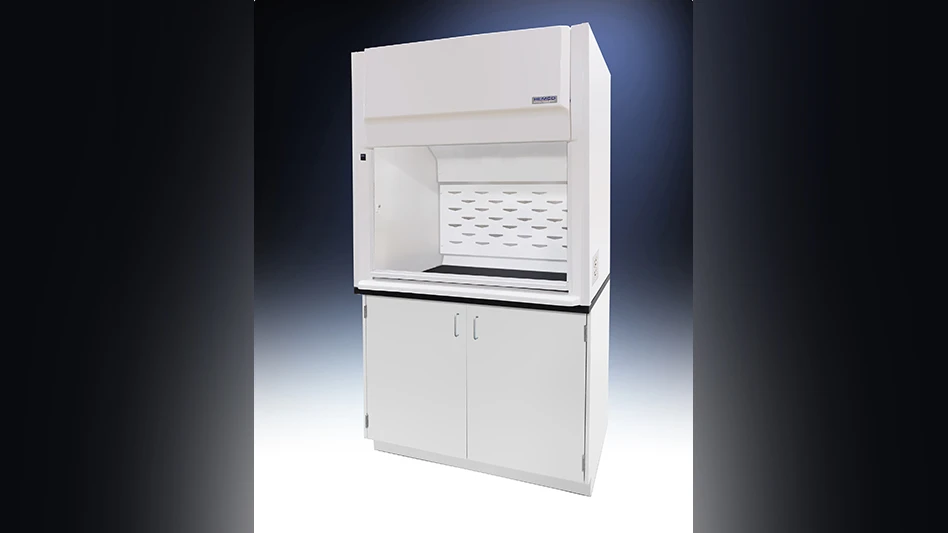
NASA
NASA and Boeing have initiated a contract to produce 10 Space Launch System (SLS) core stages and up to eight Exploration Upper Stages (EUS) to support the third through the twelfth Artemis missions.
Up to 10 additional core stages may be ordered under the contract, leveraging active labor, materials, facility resources, and supply chain efficiencies for production savings.
SLS is NASA's deep space exploration rocket that will launch astronauts in the 27tonne Orion crew vehicle, plus cargo, from Earth to the moon and eventually to Mars. The EUS is part of Artemis infrastructure needed to send astronauts and large cargo together, or larger cargo-only shipments, to the moon, Mars and deep space.
NASA Administrator Jim Bridenstine noted, “These initial steps allow NASA to start building the core stage that will launch the next astronauts to set foot on the lunar surface and build the powerful exploration upper stage that will expand the possibilities for Artemis missions by sending hardware and cargo along with humans or even heavier cargo needed to explore the moon or Mars.”
Boeing is the prime contractor for the rocket’s core stage, avionics, and variations of the upper stage. The rocket is designed to be evolvable for missions beyond the moon.
The core stage is the 212ft x 27.6ft diameter center part of the rocket that contains cryogenic liquid hydrogen and liquid oxygen fuel tanks and systems that will feed the stage’s four RS-25 engines. It also houses the flight computers and avionics to control the rocket’s flight.
“Together with a nationwide network of engaged and innovative suppliers we will deliver the first core stage to NASA this year for Artemis I,” said Jim Chilton, senior vice president of Boeing’s Space and Launch division. “This team is already implementing lessons learned and innovative practices from the first build to produce a second core stage more efficiently than the first.”
Boeing also has completed manufacturing most of the main core stage structures for Artemis II.
Boeing designed, developed, tested, and built the first SLS core stage under the original NASA Stages contract, including refurbishing the company’s manufacturing area at the Michoud Assembly Facility (MAF) in New Orleans, building test versions of the SLS structures, and designing more efficient, modern tooling, all while abiding by stringent safety and quality standards for human spaceflight. The second core stage is simultaneously in production at MAF.
Boeing last year delivered the first upper stage, the Interim Cryogenic Propulsion System, built by United Launch Alliance in Decatur, Alabama, for the Block 1 version of the vehicle. The more powerful Exploration Upper Stage design for the Block 1B version is in development, while the MAF facility is being prepared for that build.
SLS is the only rocket that can carry the Orion and necessary cargo beyond Earth orbit in a single mission, making it a critical capability for NASA’s deep-space Artemis program.
“Boeing has implemented advanced manufacturing technologies for design, test, and production of the core stages, which will make both core stage production and upper stage development faster, more efficient, and safer,” said John Shannon, Boeing vice president and Space Launch System program manager. “The evolvable nature of the rocket will allow us to onboard new advances in materials and production technologies as we move forward to the moon and on to Mars.”
Latest from Aerospace Manufacturing and Design
- OMIC R&D hosts Supporting Women in Manufacturing Day 2024
- 4D Technology's AccuFiz SWIR interferometer
- Seventh Lockheed Martin-built GPS III satellite launches
- KYOCERA AVX's CR Series high-power chip resistor
- UT researchers receive Air Force grant for wind tunnel
- Monticont's linear voice coil servo motor
- FAA certifies Pratt & Whitney GTF engine to power the Airbus A321XLR
- Wevo's silicone gap filler





